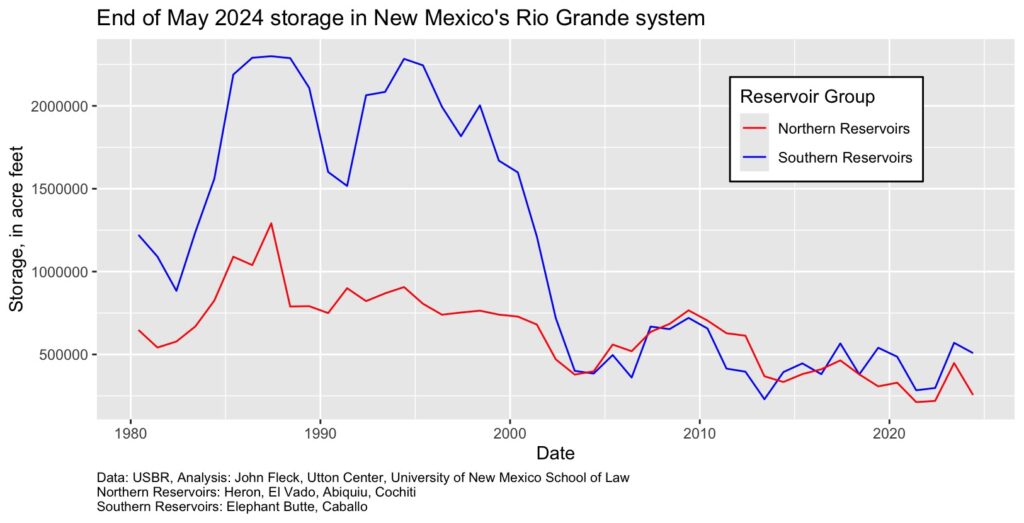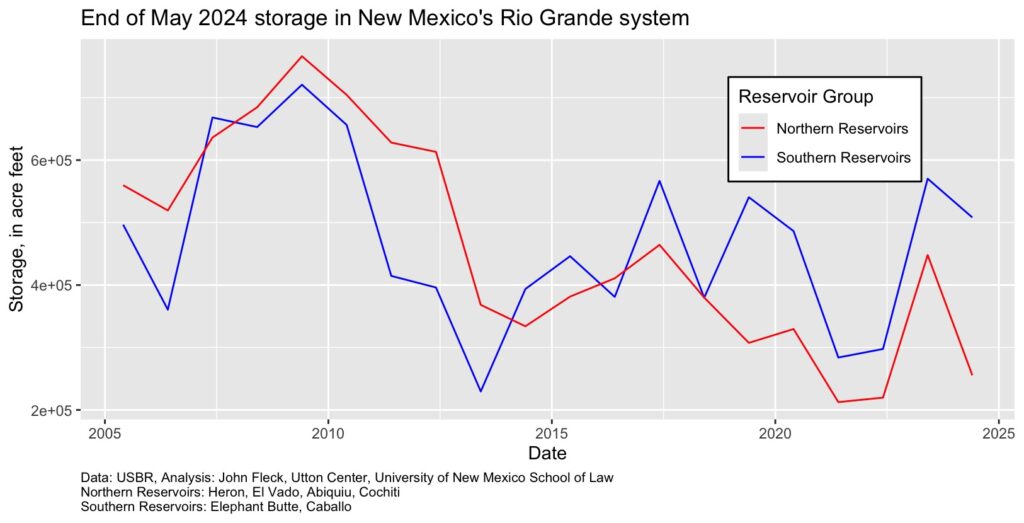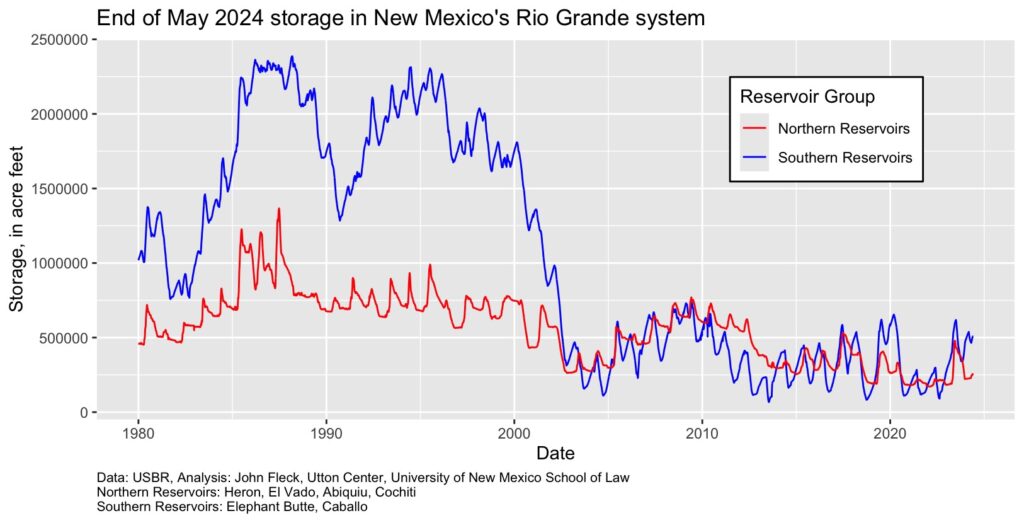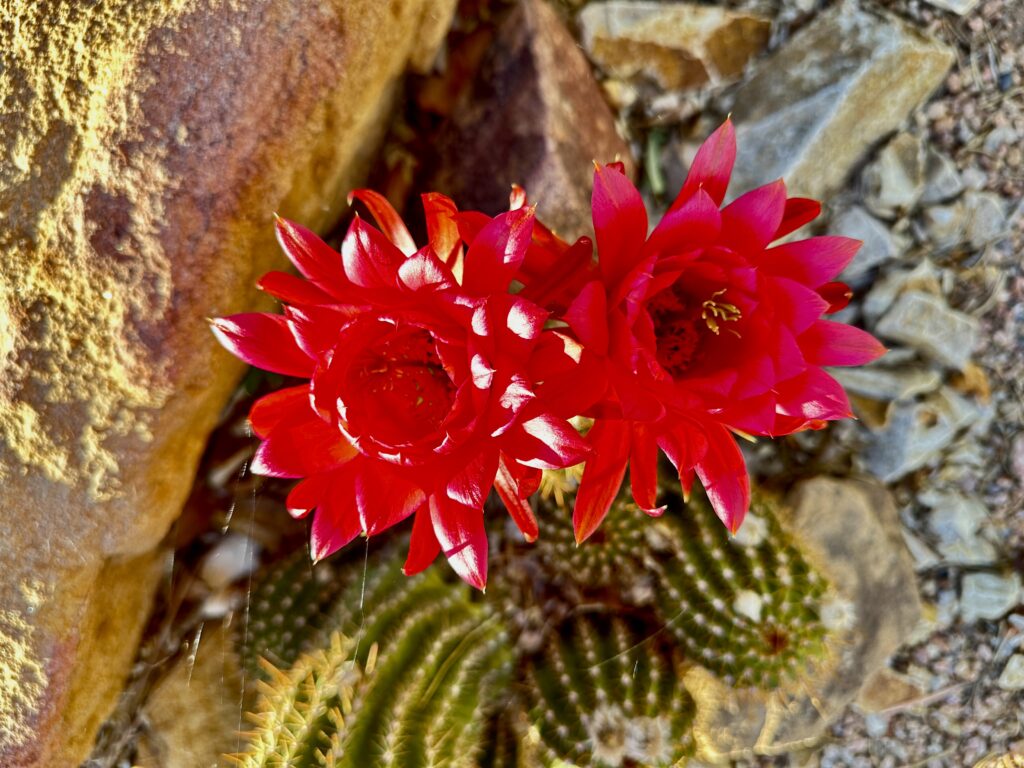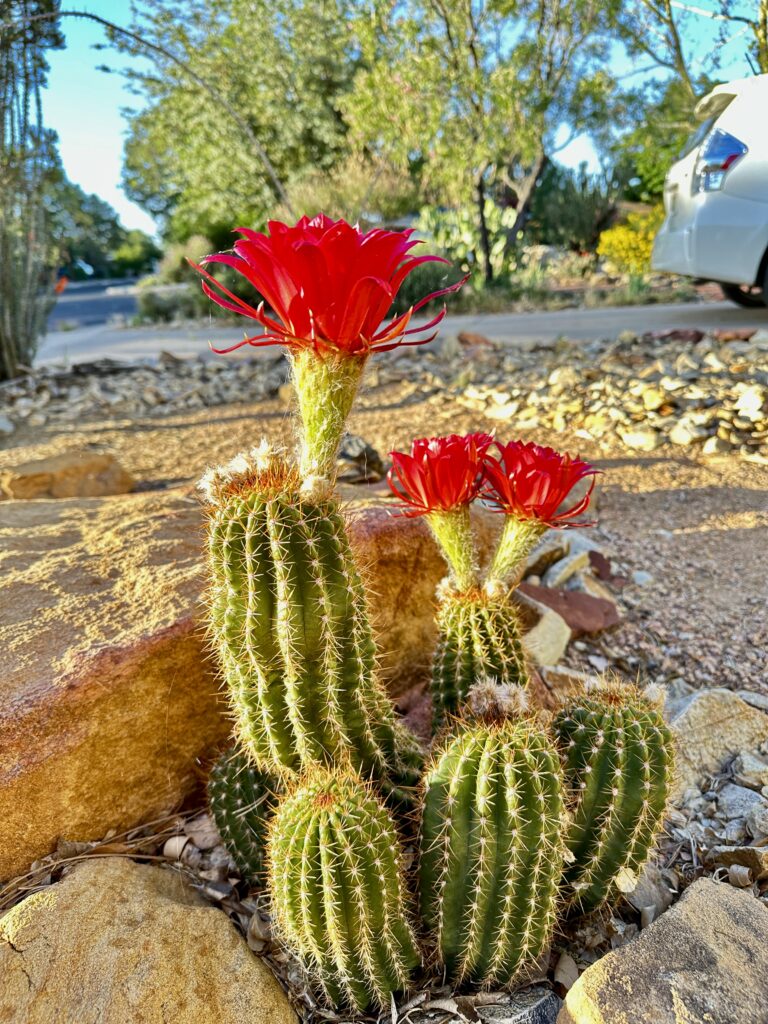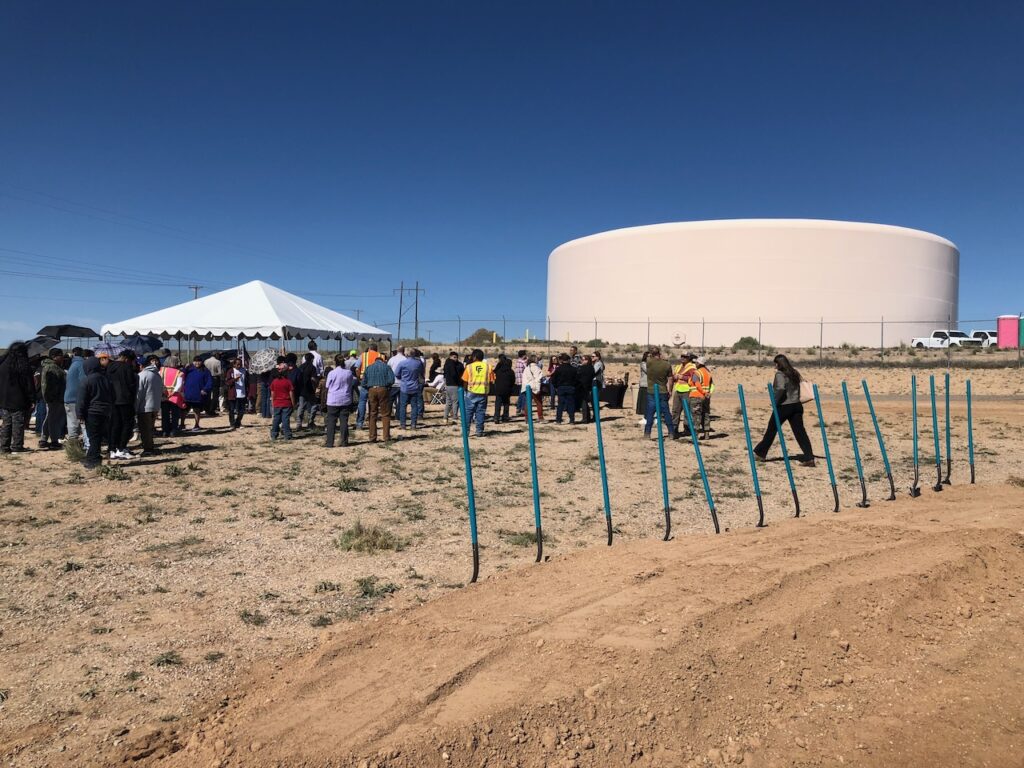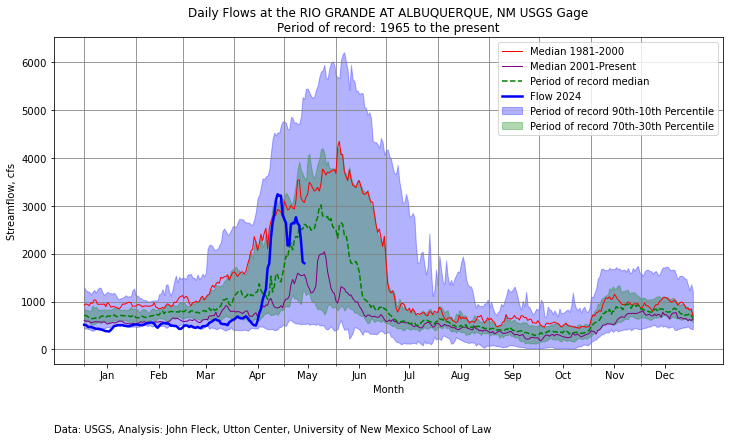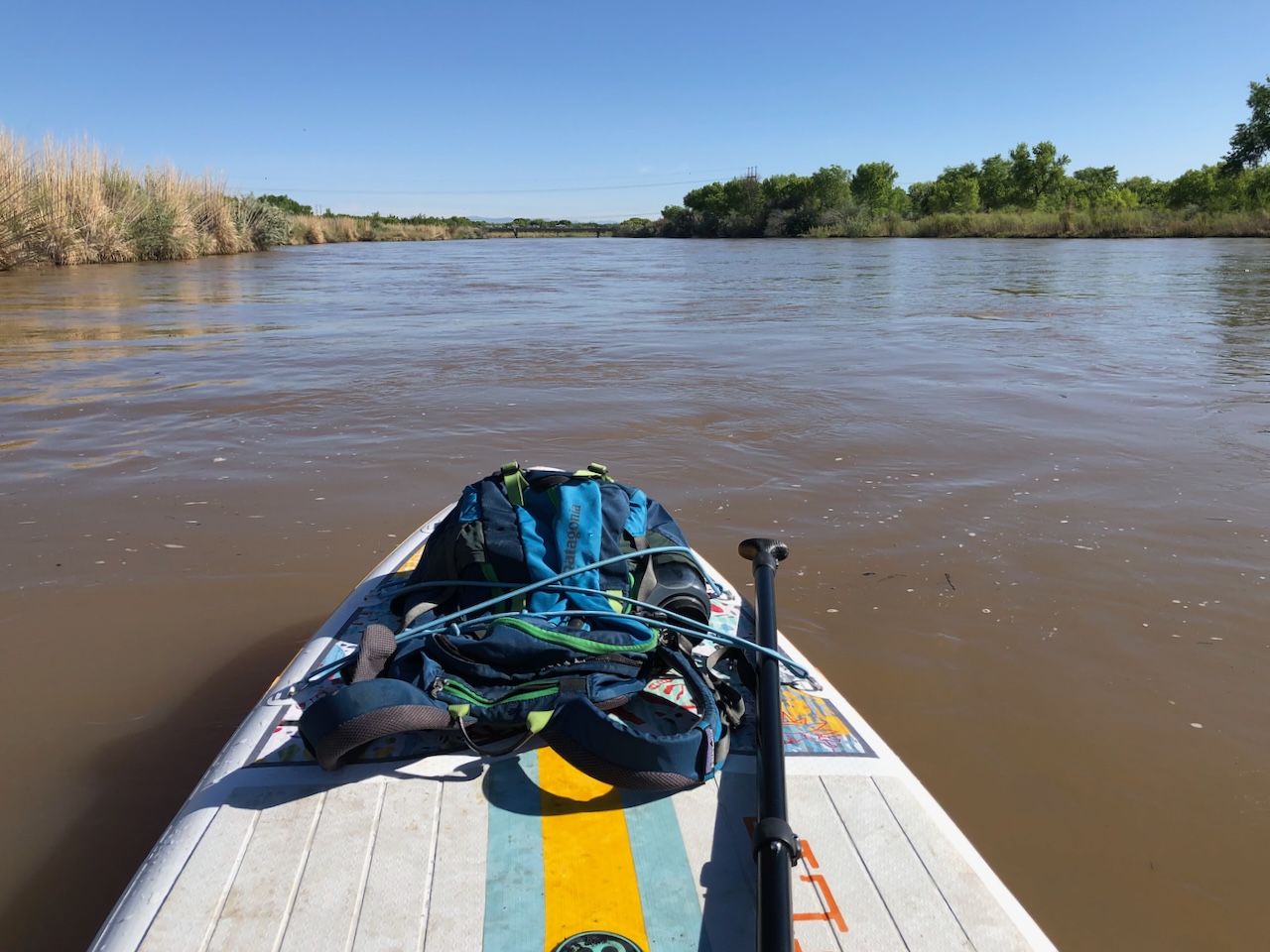
A proper celebration
The Rio Grande is up through Albuquerque right now, swollen with spring snowmelt. But not for long. We may already have hit the runoff peak at a bit above 3,000 cubic feet per second in late April, and a friend who’s been cheerfully nagging me to float it with them talked me into locking down Tuesday, May 7, for a boat trip, before the flows got so low that “float” turns into “walk and drag your boat over the sand bars”.
My friend and I both work on, write about, talk about, and think about the Rio Grande for a living, which is weird – that such careers exist. But despite my deep engagement with this river, I have spent little time in and on the river itself. I walk and bike the trails alongside the river all the time, a relationship magnified by spending the last four years writing a book about the relationship between Albuquerque and its river. I feel a deep intimacy with the Rio Grande.
But I have only actually floated it a handful of times.
Naturalness
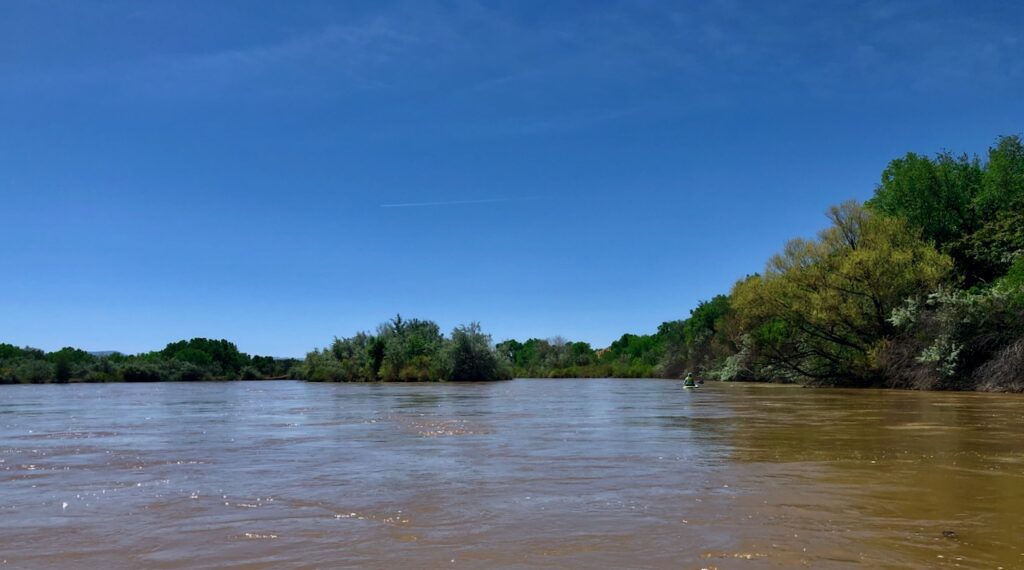
In the midst of a city, naturalness.
Floating the Rio Grande through the heart of Albuquerque is striking. We were in the midst of a metropolitan area of nearly a million people. But once we drifted under the morning commute jam on the highway known as “Paseo del Norte” on the north end of town, the traffic noise dimmed and the forest lining the river enveloped us.
As the river shrinks from drought, climate change, and human water use, sandbars have become thickly forested islands. Cormorants, drawn from the south by a combination of a warming climate and the stocked fishing ponds just off the river near downtown (I love the second reason.), have colonized this stretch of the river, sentinels on river snags hunting breakfast.
Ducks and geese and flitty little birds I cannot name sullenly took flight as we neared. Cottonwoods and a host of other trees, both longtime residents and recent immigrants, hung over the banks. A lone turkey vulture, my first of the year, waited to complete the cycle underway all around us.
But the river is playing a trick on us.
If the cormorants weren’t enough of what in poker would be called the river’s “tell,” the swallows were the giveaway, swarming each bridge, the concrete ledges stand-ins for the cliffs from which some of their number draw the names humans have bestowed upon them. My friend told me turkey vultures have the best sense of smell of any animal on earth, that oil companies sometimes add vulture attractants to pipelines that the birds might help them find leaks. I was skeptical, as is my way, but delighted, as also is my way.
I have always loved the conversational rhythm of a bike ride with a friend – often deep, but fragmented by decisions and revisions, channeled by the ride’s geographical flow, providing a narrative structure to be filled in. Floating a river, though I have done it far less, offers the same feel. I can see why Mark Twain settled into it as a literary device.
Boating, with fewer stop signs and traffic lights and left and right turns, offers more space for conversation than cycling, and yesterday’s was particularly rich because it placed my friend and I unavoidably in the midst of a landscape of ideas we have been exploring.
Just past the Montaño bridge, we paddled over toward river right (did I get the lingo?) and drifted down the bank past an old oxbow cut off from the main channel by the U.S. Bureau of Reclamation’s river realignment project in the 1950s. A sandbar that crept out into the main channel in 2020 from the oxbow’s margin has been colonized with willows that last year withstood what could, thanks to the dictates of upstream flood management, be the largest flow they’ll ever see. It is a sandbar making the transition to forest.
I have biked and walked to the sand bar from the landward side often over the last four years, trying to make sense of the story the place is telling us. (There’s a whole chapter about it in the new book.) Yesterday was my first time seeing it from the water.
Linking history to hydrology makes this stretch a storytelling lode. Off to the east, old acequias – urban streams – flow along twisting paths they’ve occupied for more than three centuries. The Rio Grande’s main channel here is less than 75 years old. I mine this lode to explore, in conversation and writing, what we mean by “natural.”
In a fascinating paper that crossed my electronic desk this week, Dutch landscape planner Paul Opdam noodles around the idea of “naturalness.” He’s not talking here about any inherent qualities in the thing, but rather evidence from the research literature about characteristics that people perceive. What makes us think of a landscape as “natural?” Opdam’s review suggests a number of characteristics:
- Curvy shapes
- Vegetation succession, where older growth is perceived as more “natural”
- Phenomena like flowing streams
- Diverse wildlife
- Water features
- Plant diversity
- Landscape heterogeneity
Opdam is not pursuing some understanding of what is “truly natural.” He is talking about a built environment. What matters to him is what people perceive as natural, based on the premise that such a perception of naturalness conveys benefits.
Before large-scale human intervention, the Rio Grande wandered a wide flood plain through what is now Albuquerque. Beginning less than a century ago, we pinned it between levees down the narrow strip my friend and I were floating. With river locked in place, and upstream water use and flood control dams changing the river’s hydrology, our beloved cottonwood forest opportunistically took hold.
It used to annoy me that people thought of the results as “natural.” The cottonwoods here are weeds in a sidewalk crack, former John would grumble. But in my old age (the float trip was part of my extended 65th birthday celebration), I have mellowed on this point. Whatever its origin story, we love the bosque. It may be an unintended side effect of river engineering on a massive scale, but it’s got big trees and diverse wildlife, and oh, the water features! Opdam’s paper suggests the question of whether things are in some a priori sense “natural” is beside the point.
My friend and I batted this back and forth. Voltaire’s Candide paid us a visit. Here’s how Bob and I put it in the new book:
Candide’s final wisdom is most often translated from the original French thus: “We must cultivate our garden.” But modern translations from Voltaire’s “Il faut cultiver notre jardin” suggests a more expansive interpretation, the garden not as the plot of land behind the house but as a more expansive landscape: “We must work our land.” Translating “jardin” as “fields” or “land” suggests a broader space, encompassing not just one’s personal environment but also the larger community.
An urban river
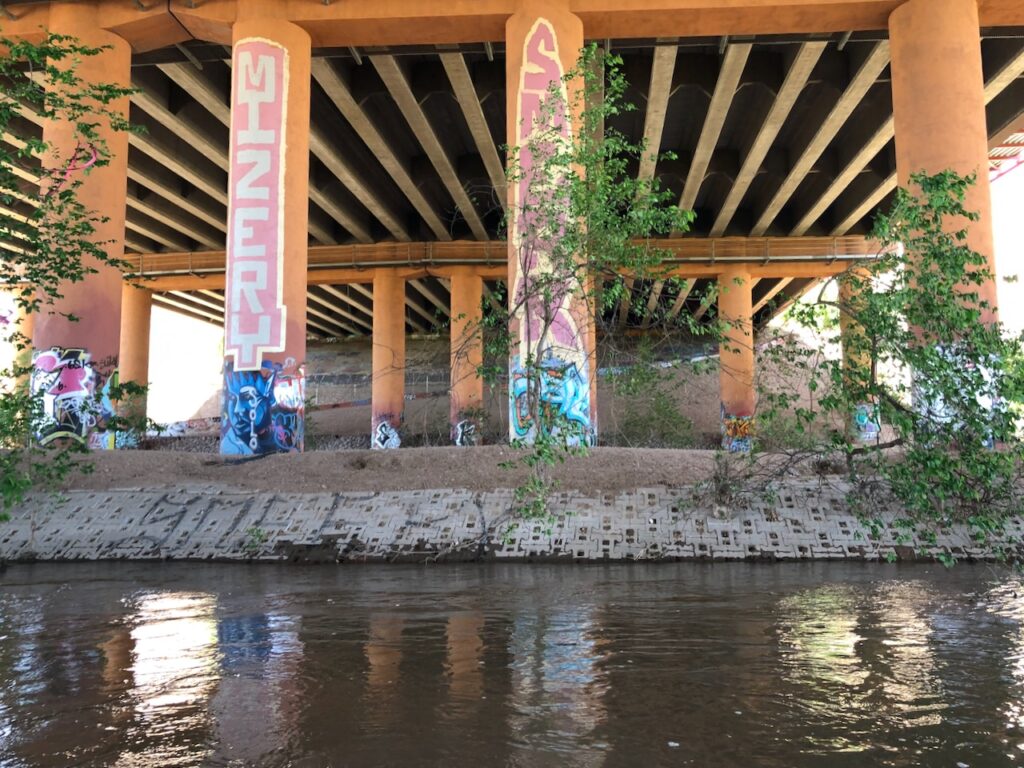
The Rio Grande beneath the interstate, Albuquerque, May 2024.
The Interstate 40 bridge over the Rio Grande in the heart of Albuquerque is another of my favorite river places. Art on bridge pilings is ever present up and down this stretch of the river, and this has some of my favorites. This spot likely doesn’t meet most of Opdam’s “naturalness” criteria, but I love it too.
From the interstate down to our takeout at the Route 66 Bridge, it felt like we were back in a city again. But the deeper point in all of this blathering is that the river as it is today, the bosque, and the city are all of a piece. We would not have any one without the others.
Tending this garden is the task ahead.
Postscript: I notice that the bridge graffiti picture is a little jittery, out of focus, which means my friend will have to take me out on the river again. Plus there’s some more graffiti river left I’d like a picture of.

